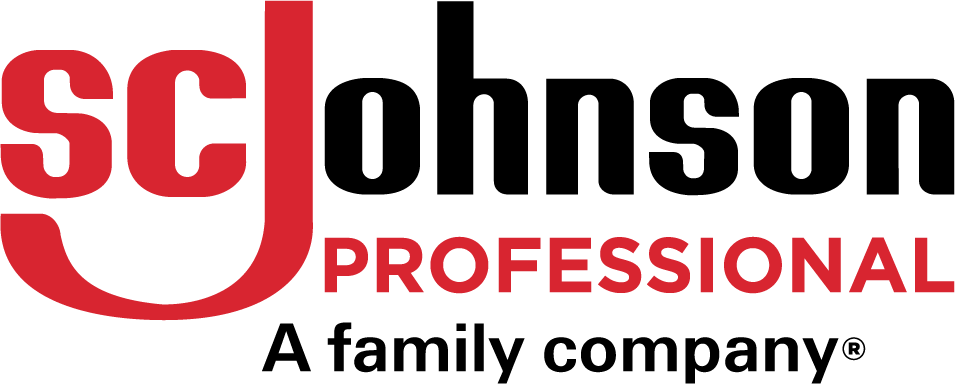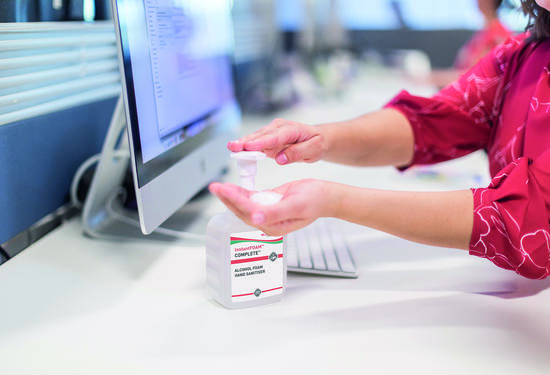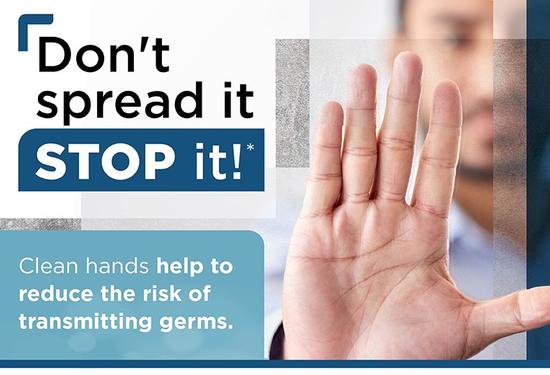
Clean, Safe & Healthy Facilities: What Is Best Practice?
Creating clean, fresh, and pleasant facilities can make a big impact on your staff and users’ experience. General cleaning helps refresh and enhance your facility, from air fresheners which help to control unpleasant odours and surface polish which helps to bring back shine to dull surfaces, through to window and glass cleaner which cuts through fingerprints and smudges to leave a streak-free finish. Alongside general cleaning, targeted surface disinfection should also be implemented throughout your facility to help break the chain of infection.
One topic we’re often asked about is the difference between surface cleaning and disinfecting? In this article, we begin to explore this topic.
Surface cleaning and surface disinfection are both a vital part of helping to break the chain of infection. This is because contamination on surfaces which are then touched by employees and customers is one of the ways that viruses can be spread. Both cleaning and disinfecting are important techniques to help create sanitised spaces.
Surface Cleaning
Cleaning removes germs, dirt, and impurities from surfaces or objects and works by using soap or detergent and water when wiping or mopping to physically remove germs from surfaces. This process does not necessarily kill germs, but by removing them, it can lower their numbers in areas of high risk in bacteria transmission.[1][2]
Disinfecting surfaces
Disinfecting is different to cleaning as it kills germs on surfaces or objects with the use of chemicals.[3] Disinfecting should be done after a surface has been cleaned. Cleaning removes loose soils, preparing the surface or object to be disinfected. If a surface is not cleaned first, germs can hide under soils and reduce the efficacy of the disinfectant. Here are our recommended steps:
- Always follow product use instructions for disinfecting hard, non-porous surfaces.
- Spray until surface is visibly wet.
- Following product use instructions, let the product stand for the recommended time period on surface to be disinfected. The wetting period is very important when it comes to killing germs on surfaces.
- Air dry or wipe as directed after wetting period is complete[4].
What areas should be disinfected?
Global health organisations recommend keeping commonly touched surfaces disinfected as one of the simplest ways we can help to break the chain of infection. Examples of germ ‘hotspot’ areas can be desks, seats, counter tops or frequently touched surfaces which can then spread viruses. These include ‘high frequency touch’ surfaces such as phones, door handles and light switches. Door handles are sometimes an afterthought when it comes to cleaning and disinfecting, but are in fact a high-traffic area for germs! High-touch areas include:
- Door handles
- Handrails
- Taps/tap handles
- Light switches
- Soap dispensers
- Chair arms
- Food contact surfaces
As infections are mostly spread by people interacting with each other - including via surfaces commonly touched by others – providing opportunities for hand hygiene (sanitiser stations, for example) alongside regular cleaning and disinfection can also help your users to break the chain of infection.[5]
Best practice for general cleaning
Cleaning is often used in preparation for disinfection as removing dirt allows the microbes to be more accessible to the disinfectant, improving reliability and performance of products. However, microbes removed with cleaning alone are not usually killed and may contaminate cleaning equipment and solution if not properly rinsed away with clean water. This can lead to these microbes being redistributed when cleaning the next area.[6]
For the greatest reduction in cross contamination risk, the British Institute of Cleaning Science (BICSc) recommends segregating products with colour coding defining each area to be cleaned.
Once zones are defined, the BICSc advise to always work from the cleanest area towards the dirtiest,[7] making sure to dry thoroughly once finished to help inhibit the survival and spread of any residual germs. [8]
Closely following cleaning schedules and routines helps ensure that any potential soiling is adequately monitored and controlled.[9]
Our Iconic Brands
To help ensure the benefits of general cleaning, SC Johnson Professional brands such as Toilet Duck, Mr Muscle, Pledge, and Glade offer professional users products they can trust, recognise, and rely on for high-performing cleaning solutions.
- Compliance to BISCs colour code guidance helps to raise standards and prevent cross contamination from one cleaning area to another. These systems make use of basic colours – red, yellow, blue, green – an approach which is easy to understand whilst covering the most probable hazards. [10] SC Johnson Professional brand packaging displays this essential colour coding, as well as iconography illustrating where, when, and how to use the product.
- Commercial sizing means our products are suitable for high-traffic professional environments, maximising value and efficiency for the professional user.
- Innovative formulas deliver superior performance across cleaning and hygiene categories. These include Duck Deep Action Gel[11] and Mr Muscle Platinum[12] which both kill 99.99% of bacteria.
Correct usage of our Iconic Brands can help best prevent the spread of bacteria on surfaces within your facility when used alongside general cleaning best practices.
[1] https://www.cdc.gov/flu/school/cleaning.htm
[2] Cleaning and Disinfecting: What's the Difference? (scjohnson.com)
[3] https://www.cdc.gov/flu/school/cleaning.htm
[4] https://www.scjohnson.com/en-gb/our-purpose/social-responsibility-news/health-and-well-being/coronavirus/cleaning-vs-disinfecting
[5] https://www.scjp.com/en-gb/targetedhygiene
[6] The role of cleaning and disinfection in hygiene - UKCPI
[7] https://www.bics.org.uk/colour-coding/
[8] https://www.ukcpi.org/professional/the-role-of-cleaning-and-disinfection-in-hygiene/
[9] https://www.ukcpi.org/professional/pc-h-w-sector-by-sector-approachers-food-beverage/
[10] https://www.bics.org.uk/colour-coding/
[11] Use biocides safely. Always read the label and product information before use.
[12] Use biocides safely. Always read the label and product information before use.



